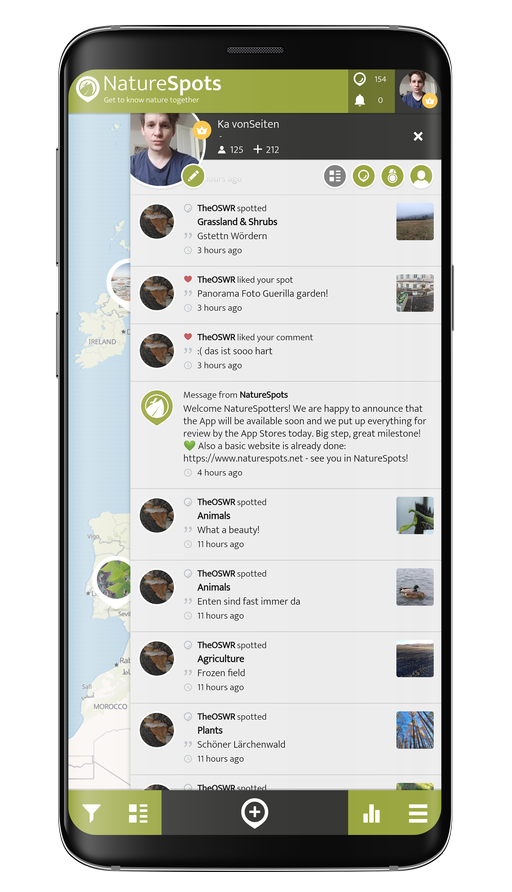Oceanic islands are islands that do not sit on continental shelves. The vast majority are volcanic in origin, such as Saint Helena in the South Atlantic Ocean. The few oceanic islands that are not volcanic are tectonic in origin and arise where plate movements have lifted up the ocean floor above the surface. Examples are Saint Peter and Paul Rocks in the Atlantic Ocean and Macquarie Island in the Pacific.
Arcs
One type of volcanic oceanic island is found in a volcanic island arc. These islands arise from volcanoes where the subduction of one plate under another is occurring. Examples are the Aleutian Islands, the Mariana Islands, and most of Tonga in the Pacific Ocean. The only examples in the Atlantic Ocean are some of the Lesser Antilles and the South Sandwich Islands.
Oceanic Rifts
Another type of volcanic oceanic island occurs where an oceanic rift reaches the surface. There are two examples: Iceland, which is the world's second largest volcanic island, and Jan Mayen. Both are in the Atlantic.
Hotspots
A third type of volcanic oceanic island is formed over volcanic hotspots. A hotspot is more or less stationary relative to the moving tectonic plate above it, so a chain of islands results as the plate drifts. Over long periods of time, this type of island is eventually "drowned" by isostatic adjustment and eroded, becoming a seamount. Plate movement across a hot-spot produces a line of islands oriented in the direction of the plate movement. An example is the Hawaiian Islands, from Hawaii to Kure, which continue beneath the sea surface in a more northerly direction as the Emperor Seamounts. Another chain with similar orientation is the Tuamotu Archipelago; its older, northerly trend is the Line Islands. The southernmost chain is the Austral Islands, with its northerly trending part the atolls in the nation of Tuvalu. Tristan da Cunha is an example of a hotspot volcano in the Atlantic Ocean. Another hotspot in the Atlantic is the island of Surtsey, which was formed in 1963.
Atolls
An atoll is an island formed from a coral reef that has grown on an eroded and submerged volcanic island. The reef rises to the surface of the water and forms a new island. Atolls are typically ring-shaped with a central lagoon. Examples are the Line Islands in the Pacific and the Maldives in the Indian Ocean.
Source: Wikipedia contributors. "Island." Wikipedia, The Free Encyclopedia. Wikipedia, The Free Encyclopedia, 30 May. 2021. Web. 28 Jun. 2021.

